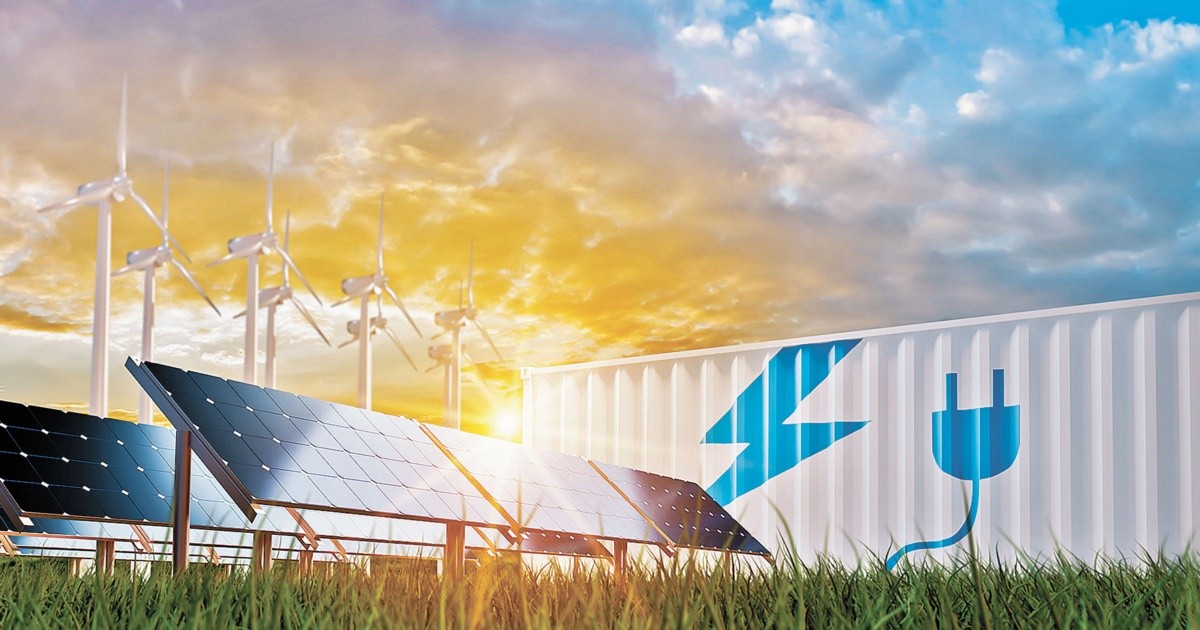Mexico is a privileged country in terms of irradiation conditions and therefore solar potential. The average solar irradiation is 5.5 kWh/m2, which is equivalent to five times the value registered in Germany, said Nelson Delgado, general director of the Mexican Association of Solar Energy (Asolmex) in an interview with The Economist.
He explained that the installed capacity of solar generation in operation is 8.2 gigawatts (GW). “This capacity is the sum of large-scale generation projects that add up to about 6.2 GW and 2 GW of projects in distributed generation, commonly referred to as solar roofs.”
Nelson Delgado said that in 2017, the installed capacity of solar generation was close to 0.5 GW, which means that in a period of only 5 years, the capacity has multiplied 16 times. However, according to estimates by the International Renewable Energy Agency (IRENA), by 2030 Mexico could have 30 GW of installed capacity.
“A good part of the projects that came into operation in recent years, of 3.3 GW, were the result of contracts awarded through the Long-Term Auctions carried out between 2015 and 2017 by the National Center for Energy Control (CENACE). All the awarded capacity has not yet come into operation, so we expect about 170 megawatts (MW) to be integrated into the system before 2024,” said Nelson Delgado.
They estimate that the solar sector has triggered investments of almost 10,000 million dollars, mainly during the last 5 years.
The director of Asolmex considered that around 1,600 MW of solar power plants in various parts of the Mexican Republic are in pre-operational tests “we anticipate they will enter into commercial operation in the coming months.”
Solar market development
”We are in a climatic emergency that forces us to drastically reduce the burning of fossil fuels to produce electricity, as the Intergovernmental Panel of Experts on Climate Change has proposed.
“For this reason, growing the solar market implies accelerating the decarbonisation of our energy matrix and meeting the growth in electricity demand without increasing greenhouse gas (GHG) emissions. We must remember that more than 70% of electricity generation in Mexico still depends on technologies that use fossil fuels,” Delgado mentioned.
He said that solar technology is the cheapest solution to lead this energy transition. “It’s a technology that works efficiently for both large parks and residential facilities.”
In the last decade, technology costs have been reduced by almost 85% so, in addition to being an environmentally friendly solution, solar generation can allow both industries and domestic users to significantly reduce their electricity costs. .
He commented that Asolmex seeks to strengthen the solar industry in Mexico through the linking of the public, private and social sectors with the aim of accelerating the energy transition. “To that end, we are mainly focused on forming alliances with other associations or key players in the national and international renewable sector in order to build a transition agenda that allows an accelerated maturation of the solar sector in Mexico.
learnings
When asked what do you consider to be the leading market in the solar market? What would Mexico have to learn? Nelson Delgado said that “each electrical system is in itself a unique solution, not always replicable in other countries due to the particular conditions of each system. However, Mexico can learn from markets where technology has a much more important participation, such as California, Australia or the European Union”.
He insisted that the technical and operational complexity faced by the energy transition is an issue that occupies the whole world, the design of new market elements that allow and support the integration of new technological resources that depend on climatic conditions is a challenge real, which must be addressed through an ad hoc design for each country.
Currently, there are systems like the one in California where a series of auxiliary tools and services have been developed that allow the Operators to integrate the greatest capacity of variable resources without putting the Reliability of the system at an economical risk.
“You can turn to see what is happening in the European Union, where it seeks to stop depending on fossil fuels through a total integration of electrical systems, which allows them to take advantage of their geographical advantages and availability of resources through a network. continental robusta”, concluded Delgado.








